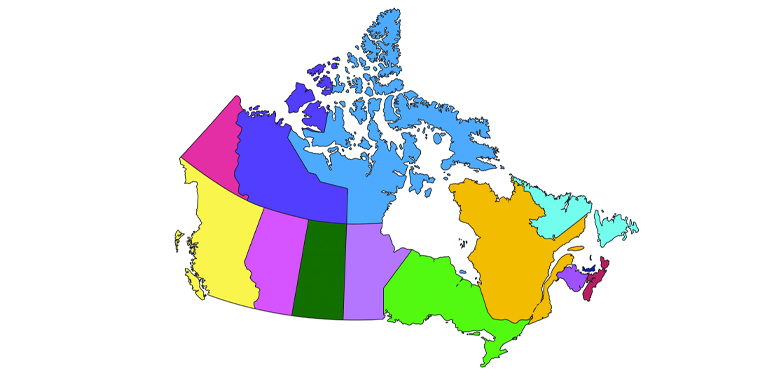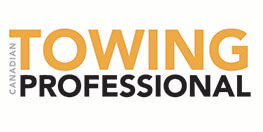Where does your province stand?
By Kate Ng
Have you tried hiring lately? For many markets, the post-pandemic landscape offers a far different reality than the one so many businesses were one accustomed to. Collision Repair sourced the latest available data to examine the state of apprenticeships, province by province. While this report will use the latest data available, these numbers reflect the latest, reported data from official sources, not the actual number of skilled repairers in your province.
BRITISH COLUMBIA
In British Columbia, RAIS registrations stayed relatively stable; 2,985 in 2015 to 2991 in 2020. Of these, 110 were refinishing technicians and 2,428 were service technicians according to B.C.’s Industry Training Authority.
ALBERTA
According to Statistics Canada’s Registered Apprenticeship Information System (RAIS), Alberta reported “record low” apprenticeship certifications across all trades in 2020, with 4,332 new apprentices registered overall. Apprenticeship program registrations in Alberta have fallen from 4,173 in 2015 to 3,828 in 2020.
SASKATCHEWAN
According to the Saskatchewan Apprenticeship and Trade Certification Commission, the number of auto body and collision apprentices rose from 119 in 2019 to 145 in 2020. Of these, 21 became journeypersons out of 33 written exams.
MANITOBA
According to data by Knoema, apprenticeship registration rose from 9,792 in 2019 to 9,906 in 2020. However, Statistics Canada says that the number of registered apprentices in the automotive industry has declined to 1,686 in 2018, compared to 1,776 in 2017.
ONTARIO
The most recent open data provided by the government of Ontario dates back to 2013, indicating that 1160 auto body and collision repairers and 144 auto body repairers were registered in an active apprenticeship program. More recent data indicates that in Ontario, RAIS registrations fell from 14,949 in 2015 to 10,548 in 2020. The government of Canada’s Job Bank rates the job prospects of the collision repair industry as ‘fair,’ with good prospects in Northwestern Ontario.
QUEBEC
RAIS data was unavailable in Quebec as the Red Seal program is not applicable to the province. However, Statistics Canada data indicates that Quebec saw a significant drop in apprenticeship registrations and certifications, from approximately 19,000 to 13,750. The number of automotive apprentices fell from 51 to 27. Despite these low numbers, nearly 21,000 certifications (not registrations) are required to sustain a skilled workforce in the province.
NEW BRUNSWICK
While Statistics Canada shows that apprenticeship registrations rose from 552 to 579 in 2020, local data sourced from the team at CSN Dana’s Collision Centre indicates that only 87 were in the collision repair industry and only 9 completed their Red Seal that year. Dana Alexander, the company’s president, says apprenticeship numbers remain low despite rising demand among repair shops.
NOVA SCOTIA
Nova Scotia’s Apprenticeship board indicates a mild decline from 822 total apprentices in 2020 to 811 apprentices in 2021. However, RAIS apprenticeship registrations rose from 642 to 825 between 2020 to 2021.
PRINCE EDWARD ISLAND
Apprenticeship registrations have fallen from 141 in 2019 to 123 in 2020. Data on this province is scarce, but the Job Bank of Canada indicates just two autobody repairer vacancies across the entire province.
NEWFOUNDLAND AND LABRADOR
Statistics Canada shows that apprenticeship registrations rose from 399 to 411 in 2020. Pay in the region is higher than other provinces, but only 4 autobody repair jobs are listed on the Government of Canada’s Job Bank, as of June 2022.
According to Newfoundland and Labrador’s Workforce Development Action Plan, there is a ratio of two to three apprentices for each journeyperson—more than the one-toone ratio in Manitoba, New Brunswick, and Nova Scotia.






















